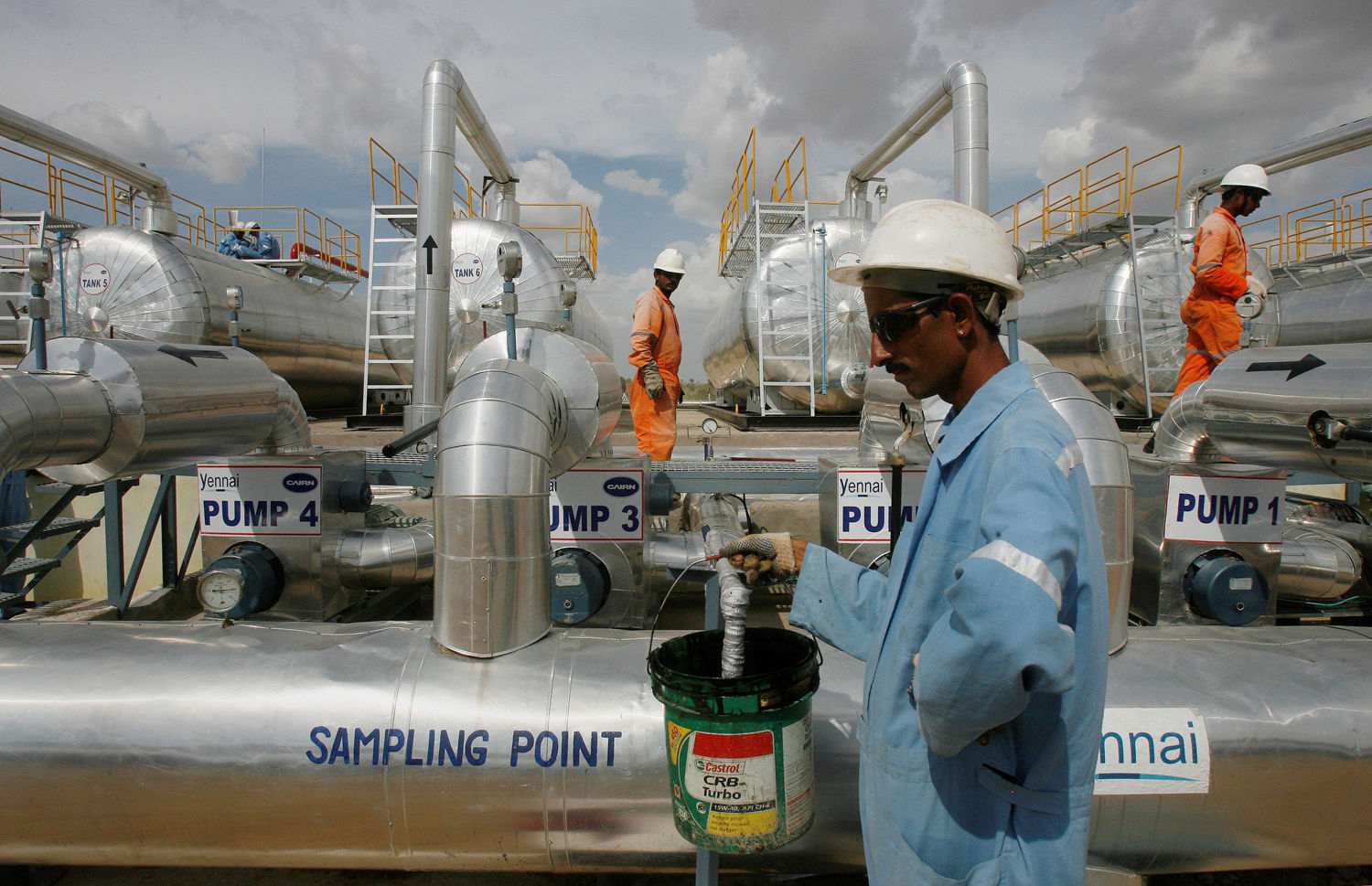(ATF) On Sunday, one day before the members of the OPEC oil cartel and its allies met to decide whether to ramp up production in February, OPEC secretary-general Mohammad Barkindo said the outlook for oil markets for the first half of 2021 was very mixed, adding that there were still many downside risks to juggle.
“Curbs on social and economic activity remain in place in a number of countries, and there is concern about the emergence of a pernicious new strain of the virus,” he said.
The collection of oil producers, including Russia, often referred to as OPEC+, decided in December to increase production by just 500,000 barrels per day (bpd) from January as part of a 2 million bpd gradual rise this year. But some smaller members pushed back, questioning the need for a production increase, even marginally, due to increasing coronavirus infection rates in much of the world.
Barkindo’s concerns come after a punishing year for global oil markets that experienced their worst demand destruction in history due to economic contraction from the Covid-19 pandemic.
Pre-pandemic global oil demand had been averaging about 100 million bpd, but in 2020 that number tanked to about 90 million bpd – sending prices for both global oil benchmark, London-traded Brent crude and US benchmark, NYMEX-traded West Texas Intermediate crude to lows beneath the break-even point of most producers.
After plunging to multi-year lows during the first quarter, price points for both benchmarks stabilised but still hovered in the low to upper US$40s range for most of the year.
Shifts in demand
The price plunge has been particularly hard for Saudi Arabia, the world’s largest crude oil exporter and de facto OPEC leader, that has a fiscal oil breakeven point (the price at which Riyadh can balance its budget) just north of $80 per barrel.
Barkindo added that OPEC now expects global oil demand to be led by developing countries and to rise to 95.9 million bpd in 2021, or by 5.9 million bpd from 2020, as the global economy is forecast to grow by 4.4%. The International Energy Agency (IEA), for its part, sees global oil demand lower, around 91.3 million bpd for 2020, some 8.8 million bpd lower than in 2019, also well below the average level for 2013.
About the only bright spot for global oil markets last year, and likely for at least the first quarter of 2021, comes from China, whose demand for the fuel actually in 2020 due to its early containment of the coronavirus and a subsequent reopening of most of its economy by early April.
China is also the only G20 country that recorded positive economic growth last year, just over 2%, according a World Bank report, while it also forecasts that its economy will grow at a robust 7.9% pace this year. Not a bad clip for a country where the pandemic began just over one year ago.
However, the rest of Asia will take at least another quarter to post positive economic growth, according to a Japan Center for Economic Research survey of economic analysts in Indonesia, Malaysia, the Philippines, Singapore and Thailand (the five biggest ASEAN member states) and India. Other studies see economic activity in the region not recovering until at least the third quarter of the year, but likely reaching pre-Covid levels in 2022.
Deals with suppliers
Overall Asian oil demand, for its part, is expected to grow in 2021 by 1.7 million bpd in 2021, but will remain flat to marginally above 2019, or pre-pandemic levels, Platts Analytics said two weeks ago. Notably, China and India will account for around 70% of this growth. The bulk of China’s oil demand, not surprisingly, will come from the transport sector, and the resumption of normal growth for road transport, booming car sales and increased private car driving, the report said.
India has already been seeing increased petrol demand over the past few months due to renewed economic activity and will this year as well. A leading economic indicator, the country’s seasonally adjusted manufacturing purchasing managers’ index was at 56.4 in December, slightly higher than 56.3 posted the month before, and above the the critical 50-threshold signifying expansion for the fifth straight month.
Under this scenario, a plus for both China and India (the leading and third largest crude oil importers respectively) will be the ability to reach more favourable deals with its oil suppliers, at least in the first half of the year.
Some 43 countries supplied crude oil to China in 2019. Roughly half (44.8%) of China’s crude oil imports originates from nine Middle East nations. China has steadily expanded its oil refining capacity during the past decade to meet its strong demand growth and to process a wider range of crude oil types and as such has also continued to diversify its crude oil procurement sources.
However, it also pits its two largest crude suppliers, Saudi Arabia and Russia, the world’s top two oil exporters, against each other as these oil production heavyweights try to both protect their market share and also seek to gain more Chinese market share. In 2019, Saudi Arabia commanded a 16.8% slice of China’s oil market, with Russia a close second at 15.3%. In any given year the two can change places.
























